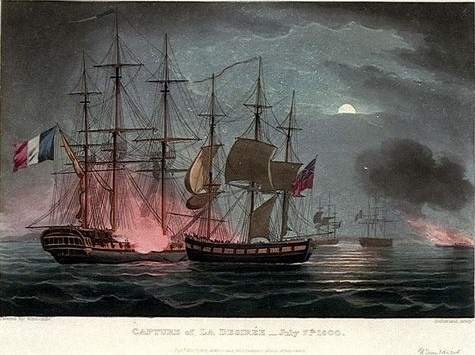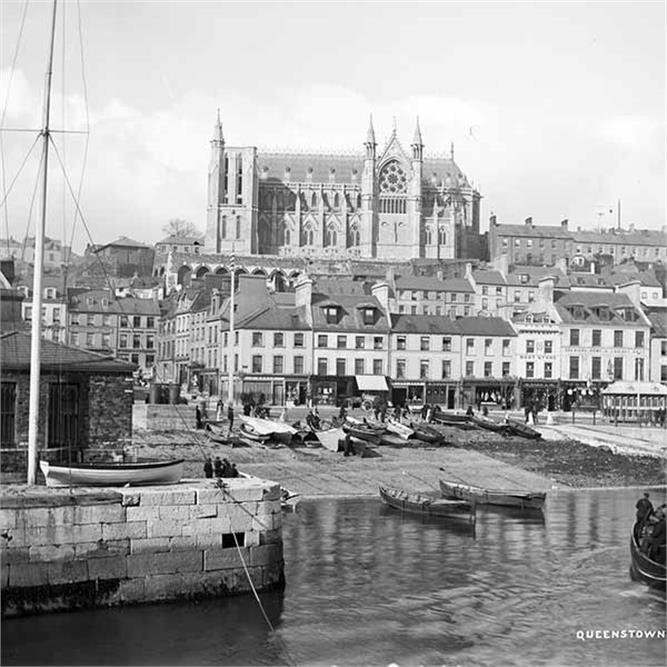This is from The Times on the 20th July 1841. It was fiercely pro-Tory, and very anti-Whig, anti-Catholic, and very anti-Daniel O’Connell.
Again there’s a wodge of family in this one, all detailed at the end of the post.
KERRY. (FROM OUR OWN REPORTER.) TRALEE, WEDNESDAY NIGHT. (14th July)
The election for this county commenced yesterday, and the polling this day. The candidates are Mr. M.J. O’Connell and the Hon. Mr. Browne on the Liberal interest, and Messrs. Blennerhassett and Mahony on the Conservative side, the latter gentleman being nominated for the purpose of keeping even tallies with the Liberals.
How the election will go it is difficult to say at present, in consequence of the open and bloody intimidation that is being practised on the voters in Mr. Blennerhessett’s interest, the priestly denunciations against those who intend to support that gentleman, and above all, the powerful landed influence which is at work to oust him from the representation. Notwithstanding all this the contest will be a close one, and, were the kidnapping system not persevered in, there is not the least doubt but that the Liberals would be in a minority. To such an extent is this conduct carried that the cars are stopped on the public roads and the Conservative voters carried off in triumph and made prisoners of. Last night seven voters were thus forcibly taken off the coach at Abbeyfeale, while a Liberal voter, also a pas- senger, was permitted to remain, but sworn, it is said, to go to the poll; 18 of Mr. Eager’s tenantry were carried off on Monday, and placed in the committee-rooms of the Hon. Mr. Browne. On the same day a number of voters, under the protection of Mr. Herbert, of Muckross, Captain Fairfield, and Mr. M’Gillicuddy, were attacked at Kilorglin by a mob of several hundred persons; stones were thrown, the former gentleman was struck, and one man was killed. I have this moment returned from the inquest, and from the evidence adduced there is no doubt that the attack was premeditated. The inquest has been adjourned to tomorrow, for the purpose of obtaining additional evidence to identify some of the parties. This system has told well for the Radicals, in preventing those inclined to vote for Blennerhassett from coming to town, while others, more courageous, are kidnapped to prevent their coming in. Thus the timid are alarmed, and the determined are imprisoned. It is, therefore, impossible to state what the result of the election will be, until it is seen how many of Mr. Blennerhassett’s friends can be recovered, which it is hoped will be known tomorrow. I am credibly informed that there are now over 200 who are in this manner prevented from voting. A petition has already been threatened by Mr. Blennerhassett, a threat which has sensibly affected the nerves of the Liberals, for an attorney in their interest this day left town to bring in the seven voters who were taken from off the coach to enable them to vote for Mr. Blennerhassett.
The constituency of Kerry is 1,381.
The following is the state of the poll at 6 o’clock this evening.
Morgan J. O’Connell … 144
Hon. W. Brown… … … … 138
Mr. Blennerhassett … … … 127
Mr. Mahony … … … 12
P.S. The majority is caused by the Liberals winning the toss for the first tally, and having the last tally in the evening.
TRALEE, JULY 16.
The state of the gross poll at its close this (the third) day was as follows:-
O’Connell (R.) . .. … … 472
Browne (R.) . … … 451
Blennerhassett (C.) … … .. 370
And this is an addition from The Times, the following day, the 21st July 1841.
KERRY. TRALEE, JULY 17. As intimidation increases, so doth the majority of the Radical candidates. At the close of this day’s poll the gross numbers were:-
O’Connell . … … … … 652
Browne . … .. .. … 652
Blennerhassett … … … 428
Hickson … … 24
The following are a few of the cases of intimidation that have come to my knowledge:-
Coming to Tralee, were met by a mob, and obliged to return to Clare! Mr. Hickson and Mr. Sandes obliged to swear that they would not vote! Dr. Taylor sent back from Killarney, and Mr. R. J.T. Orpen obliged to return to Dublin without voting! Mr. Bland detained at Newcastle; while at Abbeyfeale the mob actually lit fires in the streets, the better to enable them to watch the detained voters during the night. Those are acts of intimidation committed without Tralee. I will now give you melancholy evidence that intimidation is attempted to be carried into effect in the Court-house, at the moment they are about to poll for Mr. Blennerhassett. Yesterday a voter came up in No. 2 booth, in the tally of Mr. Blennerhassett, and when the usual question was put, ” Whom do you vote for ?” a person from the gallery addressed the voter and told him to take care of himself when on his way home. The poor man, no way daunted at the threat, voted for Mr. Blennerhassett; when another patriot – more properly speaking a fiend – exclaimed in Irish, ” Death without the priest to you.” From what I have seen I fear that Mr. Blennerhassett has now no chance of success. To add to the likelihood of that, it is to be regretted that several friends of his, in various places, did not attend and poll, and support a body of Roman Catholic tenantry who, in the face of priestly power and local intimidation, boldly came forward, and, as far as in them lay, supported Mr. Blennerhassett.
Morgan John O’Connell and Arthur Blennerhassett were the sitting M.P.’s; Morgan John had been first elected for the seat in 1835 and continued to hold it until 1847. Blennerhassett had won his seat at the last election [1837 – triggered by the death of William IV].
Morgan John was Dan O’Connell’s nephew, and he replaced Charles O’Connell, Dan’s son-in-law. Charles is also yet another 1st cousin 1x removed of 5x great aunt Mary Grehan [neé Roche]. Morgan John O’Connell is related slightly differently, his great-uncle and aunt Thomas Coppinger and Dora Barry are also William Henry Barry’s great-uncle and aunt, and he WHB is married to [1st cousin 3x removed] Pauline Roche. And in that 1st cousin 1x removed thing, Bartholomew Verling who is helping to ensure Dan the man is being elected in Cork County is Pauline Roche’s 1st cousin 1x removed.
William Browne is also almost a relation. His wife is a 2nd cousin 4x removed because she is the grand-daughter of that familiar couple 5x great-uncle and aunt Peter and Mary Grehan [neé Roche].



